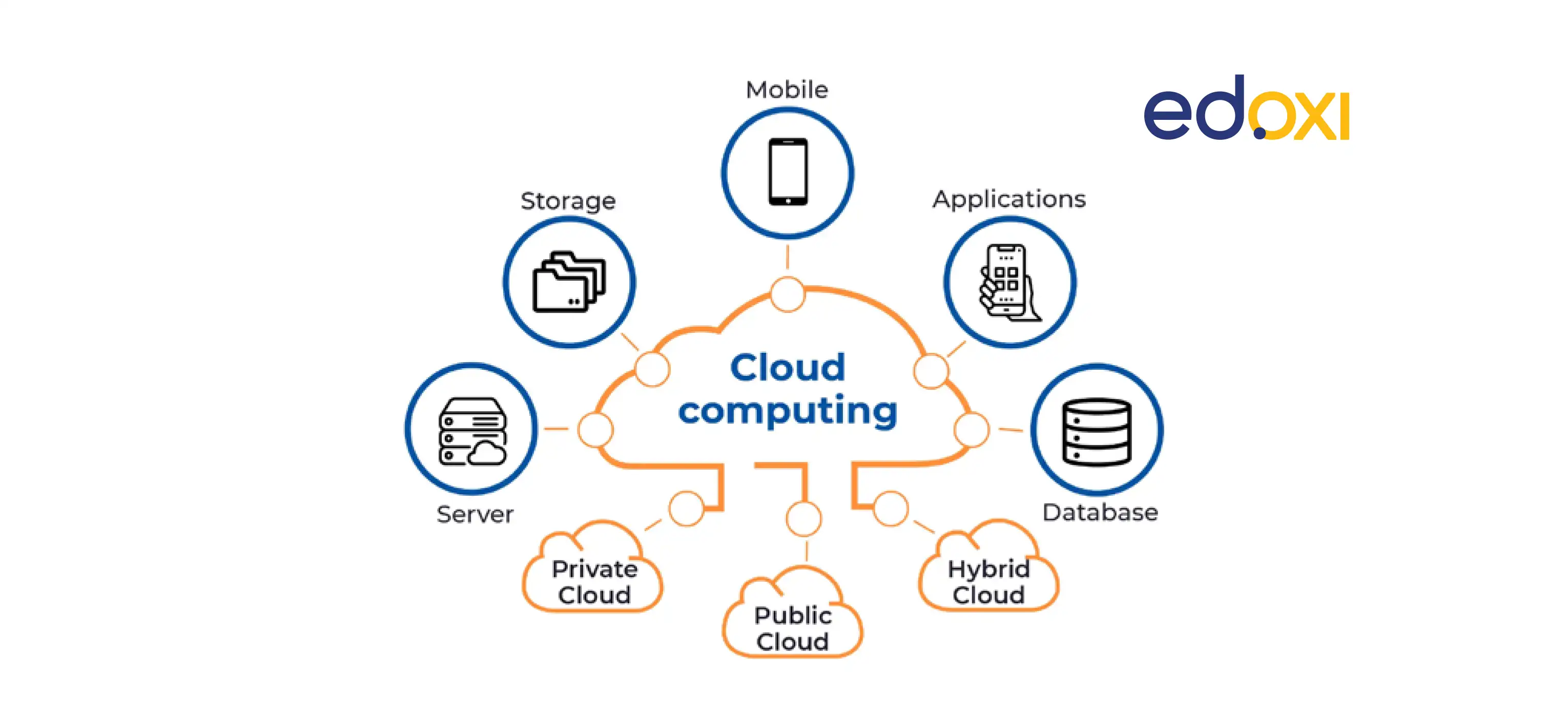Achieve Seamless Scalability With Cloud Provider
In the ever-evolving landscape of cloud solutions, achieving seamless scalability stands as a cornerstone for modern businesses looking for to stay adaptable and competitive. The pursuit for seamless scalability with cloud solutions unveils a globe of possibilities for those ready to embrace the transformative power of dynamic resource management.
Benefits of Cloud Scalability
Cloud scalability provides organizations the adaptability to dynamically change resources based on demand, ensuring optimum efficiency and expense effectiveness. Additionally, cloud scalability promotes technology and trial and error by permitting services to easily evaluate new concepts and scale them as required. Inevitably, the benefits of cloud scalability expand beyond expense savings to include enhanced performance, dexterity, and advancement.
Trick Functions for Scaling
Reliable scaling in cloud solutions relies on key functions that enable organizations to change resources dynamically based on need. One essential attribute for scaling is elasticity, allowing sources to scale up or down in response to varying work. This makes sure that organizations can satisfy efficiency needs without over-provisioning resources. An additional key function is scalability, enabling systems to handle raised workload by including sources perfectly. This attribute is critical for suiting growth without compromising efficiency. In addition, automation plays a vital function in scaling by automating the provisioning and de-provisioning of sources based on predefined policies. Automation lowers human intervention, enhances effectiveness, and makes certain quick response to altering demands. Tracking and analytics devices are also necessary for scaling, providing understandings right into source utilization, performance metrics, and possible bottlenecks. These tools allow companies to enhance and make educated decisions source appropriation for effective scaling. In general, these key features jointly empower companies to attain seamless scalability in cloud services.
Carrying Out Auto-Scaling Methods
To effectively optimize source allowance and adjust to differing workloads, organizations have to tactically carry out auto-scaling methods in their cloud services framework. Auto-scaling permits systems to automatically readjust the number of calculate resources based on real-time need. There are different auto-scaling techniques that companies can use, such as anticipating scaling, which uses historic data to forecast future source demands, and reactive scaling, which replies to existing workload adjustments.

Ideal Practices for Scalability
For companies aiming to enhance their scalability in cloud services, executing finest techniques is crucial for optimum performance and resource monitoring. One secret best method is developing applications with a microservices style. This strategy breaks down applications right into smaller, independent solutions that can be released, updated, and scaled individually, permitting for higher versatility and scalability.
One more important technique is utilizing containerization innovation, such as Docker or Kubernetes. Containers make it possible for the packaging of applications and their dependences into separated units, making it simpler to scale parts separately and release them consistently throughout different atmospheres.
Additionally, implementing automated implementation and facilities as code (IaC) can enhance scalability efforts (linkdaddy cloud services). Automation tools like Terraform or Ansible assistance in provisioning and handling resources successfully, lowering hand-operated errors and allowing rapid scalability
Furthermore, monitoring efficiency metrics, establishing informs, and conducting regular capability preparation are essential techniques to make sure aggressive scalability management. By adhering to these ideal practices, organizations can accomplish seamless scalability in their cloud services while optimizing performance and resource application.
Tracking Efficiency Metrics
When assessing the performance best site of cloud solutions scalability, very closely keeping track of performance metrics is necessary for guaranteeing optimal functionality and resource appropriation. By constantly tracking vital efficiency indications (KPIs) such as response times, throughput, latency, and resource usage, organizations can get useful insights into the wellness and performance of their cloud facilities. Monitoring performance metrics permits for the very early detection of potential bottlenecks or concerns that might impact scalability, enabling positive steps to be required to address them link prior to they rise.

Final Thought
To conclude, accomplishing smooth scalability with cloud services is vital for organizations to optimize performance, improve advancement, and preserve high performance degrees during peak times. By leveraging the benefits of cloud scalability, applying auto-scaling approaches, using essential attributes such as elasticity and automation, and following ideal methods like application style and efficiency monitoring, businesses can successfully scale their systems while taking full advantage of resource use and performance.
The pursuit for seamless scalability with cloud solutions reveals a globe of possibilities for those prepared to welcome the transformative power of dynamic source administration.
Cloud scalability provides organizations the adaptability to dynamically readjust resources based on need, making sure optimal performance and cost effectiveness. Another vital feature is scalability, enabling systems to handle boosted workload by adding resources flawlessly.For organizations intending to boost their scalability in cloud solutions, carrying out best methods is crucial for ideal performance and resource management.When evaluating the performance of cloud solutions scalability, carefully keeping an eye on performance metrics is important for making certain optimal capability and resource allowance.